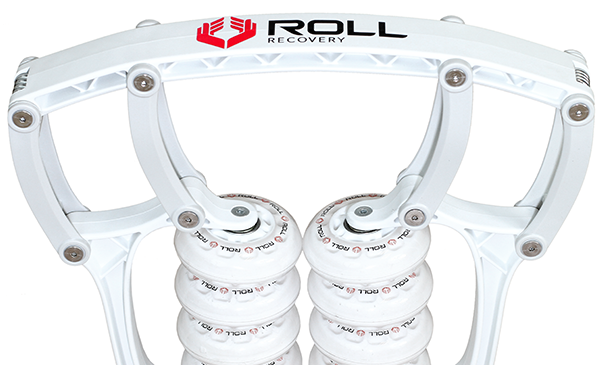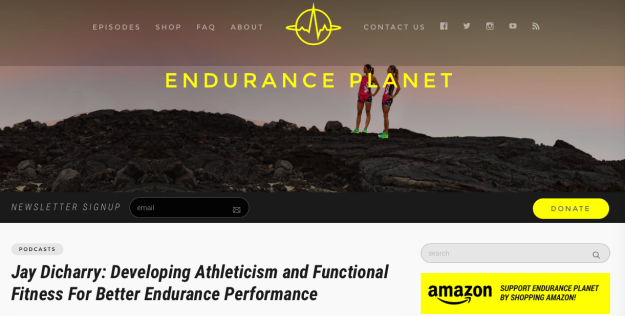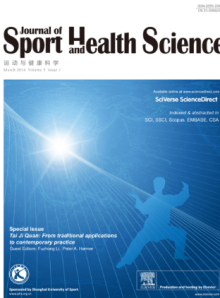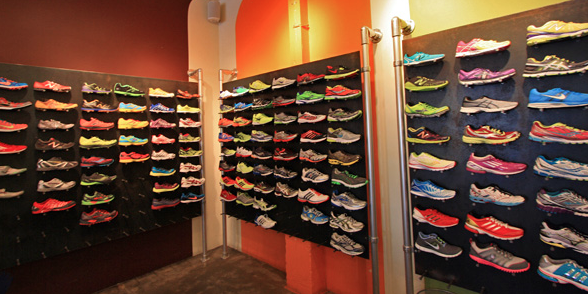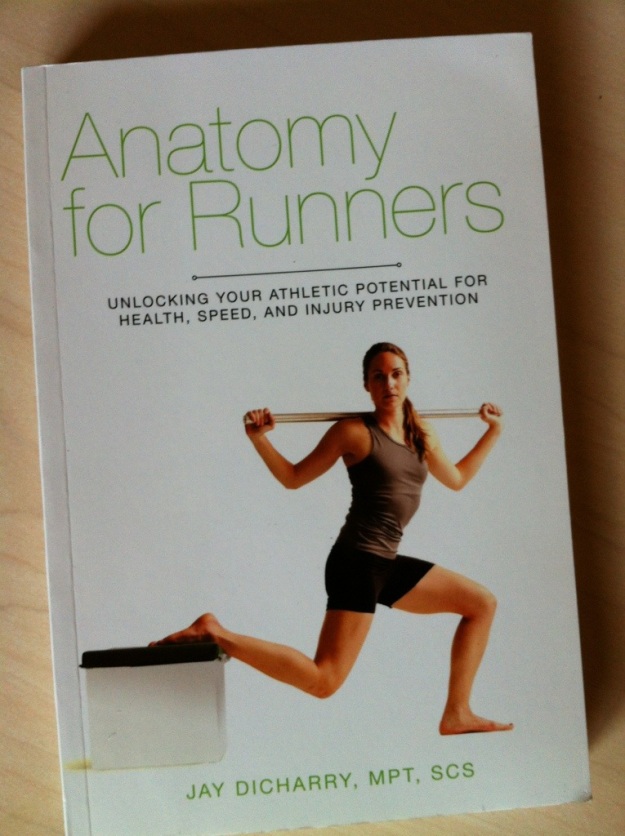Jinge bells are out, mistletoe is up, and you are freaking out because you missed out on useless sales on Black Friday and Cyber Monday…..uh oh.
What do you do now? How about dig deep, and find a present for your fellow endurance athlete that’s actually worth its weight. This week, I’ll throw out my top 5 products to help you improve. And while I didn’t actually pay for any of them (they were all sent to me by the respective company to try out), the key is that I actually DO use them. I get a LOT of stuff sent to me to try out/ demo/provide feedback. Rather than posting the things that don’t help, I wanted to share the products I feel actually have a reason to earn a place in your home training gym.
The first product on the list today is one to help you to recover. That’s right – recovery!….. the “new” buzzword getting all the attention. I once heard someone say “there is no such thing as over-training, only under-recovery”……ummm ….sure……well…..from a physiological perspective, that’s about the most stupid thing I’ve ever heard. However, endurance training does lead mechanical breakdown and structural changes, and we could all use a few tools to help us along. If you want to learn more about what types of changes occur in your soft tissues during endurance training, I highly recommend you read up on it in my book Anatomy for Runners. I’m a firm believer that informed athletes make better decisions. Embracing the reason for change means you’ll embrace it as part of your overall strategy to improve.
So today we are featuring 2 products actually.
The stocking stuffer: LAX ball
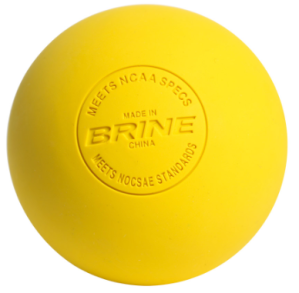 What is small, spherical, costs under 3 bucks, and may be the single biggest ally to have in your corner? The simple LAX ball. Yes, I know the foam roller is the self-proclaimed king of soft tissue recovery tools, but you likely already have one of those under your bed, and barely use it. Time for something else to mix it up.
What is small, spherical, costs under 3 bucks, and may be the single biggest ally to have in your corner? The simple LAX ball. Yes, I know the foam roller is the self-proclaimed king of soft tissue recovery tools, but you likely already have one of those under your bed, and barely use it. Time for something else to mix it up.
Where a foam roller can deform your body’s tissues in one plane, a LAX ball can dig deeper, and get better tissue deformation. In plain speak, the goal is to mobilize your body’s “layers” – and the LAX ball is a highly effective tool for doing so. A warning: even though its cheap, its ability to get a lot of pressure in a small spot also means it can inflict a lot of pain as it works its magic. Once your sweetie takes it our of their stocking, they can find about a million uses from the soles of their feet up to their lats. I’ve got a few suggestions in my book, and you can find a million more on youtube. Much cheaper than a trigger point ball, and if you lose it, no one is crying to invest in a new one.
The under-the-tree recovery tool: The Roll8
